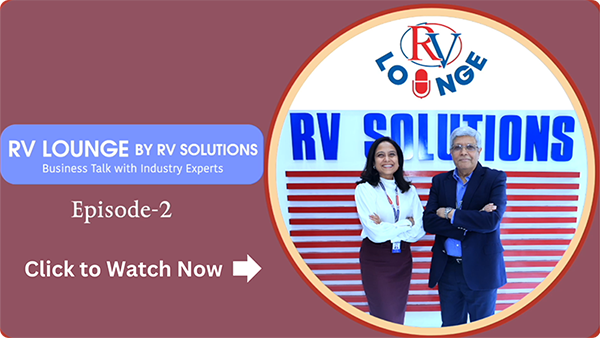It is a system (based on computer programs to manage the digital documents) which we provide to clients that can be used to track, manage and store documents and reduce paper. This system is capable of keeping records of various versions that are created and modified by different users also called history tracking. It is mostly viewed as a part of enterprise content management (ECM) systems and also related to document imaging, workflow systems, records management systems and digital asset management.
Following are the main components of Document Management System:
- Metadata – Metadata is stored for each document. The DMS can extract metadata from the document automatically or prompt the user to add metadata. The resulting extracted text can be used by users to locate documents by identifying probable keywords or providing full text search capability, or can be used on its own.
- Integration –Integration of document management into other applications can be done directly, so that users can retrieve existing documents from the document management system repository itself, can also make changes, and can save the updated document as a new version to the same repository, all without leaving the application. Such integration is generally available for office suites and e-mail or groupware/collaboration software. Integration mainly uses open standards such as LDAP, ODMA, SOAP and WebDAV.
- Capture – It involves accepting and processing images of paper documents from multifunctional printers or scanners. Optical character recognition (OCR) software can be integrated as stand –alone software and can also be integrated into the hardware to convert digitized images into text that is machine readable. Optical mark recognition software (OMR) is sometimes used to fetch values of bubbles or check-boxes. Capture may also involve accepting digitized documents and different computer-based files.
- Validation – It involves visual validation registration system and important data. E.g. document failures, misspelled names, missing signatures, which can be printed on paper documents or images on paper.
- Indexing – Indexing is used to track electronic documents. Indexing is simplified by tracking of unique document identifiers; but often it uses a more complex method, providing classification through the documents’ metadata and also through word indexes that are fetched from documents’ contents. Indexing exists primarily to support retrieval. One method of critical importance to rapidly retrieve is to create an index topology.
- Storage – All files can be stored and viewed on DMS as it can hold database for various documents. Storage of documents often comprises management of the same documents; where they are stored, for how long, migration of those documents from one storage to another and eventual document destruction.
- Security – Security of document is vital in many document management applications. Document Management systems also provides rights management module that allows an administrator to give access to documents only to permitted people or groups of people. PDF-creation or document marking at the time of printing is an essential element to prevent alteration or unintended use.
- Versioning – It is a process in which history log of documents in or out of the document management system is maintained, allowing users to retrieve old versions and to resume work from a selected point. Versioning for documents that change over time and require updating regularly is useful, but it may be necessary to go back to or reference a previous copy.
- Searching – Documents can be searched through Document Management system using template attributes or a full text search. Searching can also be done using document content and various attributes.
- Publishing – Publishing a document consists the procedures of authorizing, proofreading, printing, peer or public reviewing and approving etc.
The following are important aspects of Document Management:
- Reviews and approvals
- Preventing “unintended” use of obsolete documents
- Ensuring changes and revisions are clearly identified
- Ensuring that external documents like customer supplier manuals or supplied documents are identified and controlled
- Reviewing and approving documents prior to release
- Ensuring the availability of relevant versions of documents at their time of use
- Ensuring that documents remain legible and identifiable





